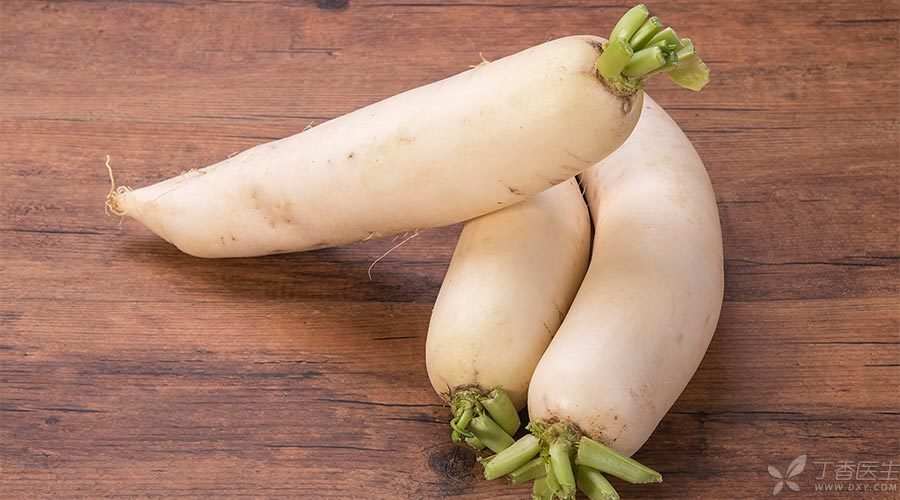
When I came to work yesterday, I met Uncle Li’s granddaughter downstairs. She grabbed me and said, “Please help me persuade my grandmother to eat only radish, boiled radish, stewed radish shreds with radish pieces and cold mixed radish every day… It has not been broken. Let her eat something else. She also did not listen, saying that eating radish is good for the elderly and is a healthy food for prolonging life.”
I searched the Internet casually, and I grabbed a handful of similar articles. It always gives people an illusion that as long as I eat these, I will not get sick.

If you have to ask, are there any top ten healthy foods suitable for the middle-aged and the elderly?
The answer is no.
Because there is no food, as long as the elderly insist on eating every day, every meal will be healthy! At the end of the day, the elderly still need to ensure balanced nutrition and eat all kinds of food.
All healthy diets are recommended to eat a certain proportion of staple foods, vegetables, fruits, nuts, protein and grease every day. Should I eat what? How much do you eat every day?
Whole grains
What?
Brown rice, grain rice, coarse cereal flour, etc. When cooking rice or porridge at ordinary times, put less rice and sprinkle more oats, millet or corn. For noodles, you can add some corn flour to the flour.
How much do you eat?
One bowl per meal is good.
Vegetables
What?
Green leafy vegetables, tomatoes, carrots, broccoli, cucumbers, bamboo shoots and so on, as long as they are vegetables, pay attention to the matching, never stare at one vegetable to eat. You can also add vegetables into rice, make vegetable rice, or stir-fry semi-meat dishes, half the meat and double the amount of vegetables.
How much do you eat?
Eat half to one bowl of vegetables per meal.
Fruits
What?
Common fruits such as apples, bananas and oranges.
How much do you eat?
A fruit is just right after the meal. If it is a fruit with more fat content, such as avocado or coconut, it should be reduced appropriately.
Dairy products
What?
Low-fat milk, the elderly with lactose intolerance can choose yogurt.
How much?
One cup a day is just right.
Nuts and beans
What?
Melon seeds, cashew nuts, pine nuts, pistachios, etc. all belong to nuts, while beans include red beans, soybeans, black beans, lentils, etc. It is better not to eat salty or sugar-wrapped nuts.
How much do you eat?
Because nuts have a high fat content, eat at most a handful a day. Or you can add a handful of beans when cooking rice or porridge, or you can eat bean products directly, such as tofu and soybean milk.
Meat
What?
Lean meat (pork, mutton, beef), chicken, duck, fish and seafood are the main sources of protein.
How much do you eat?
Eat about a fist of meat every day. You can’t eat this meat as a staple food. You can stir-fry it with vegetables. Try not to fry it. If you have the conditions, you can also choose salmon and tuna, which are fish that are beneficial to heart health.
Oils and fats
What?
Apart from olive oil, salad oil and peanut oil used in cooking, the oil in meat and the cream on cake belong to the category of oil.
How much do you eat?
At most one tablespoon of stir-frying oil should be put into a meal. The amount of cream cake and bread and butter should be controlled.
Dessert
What?
Candy, sorbet, cake, bread, etc. are all desserts.
How much do you eat?
It is good to have a good time occasionally, don’t be greedy.
In general, it is necessary to ensure the following four points:
1. Sufficient vegetables, fruits and low-fat dairy products;
2. Reduce the intake of foods with high saturated fat, cholesterol and trans fat content;
3. Appropriate amount of whole grains, fish, poultry meat and dried fruits;
4. Control the intake of sodium, desserts, sugary drinks and red meat.
The above are all dietary suggestions for the elderly who do not have basic diseases. If there are some physical problems, you can check how to eat according to the corresponding diseases.
